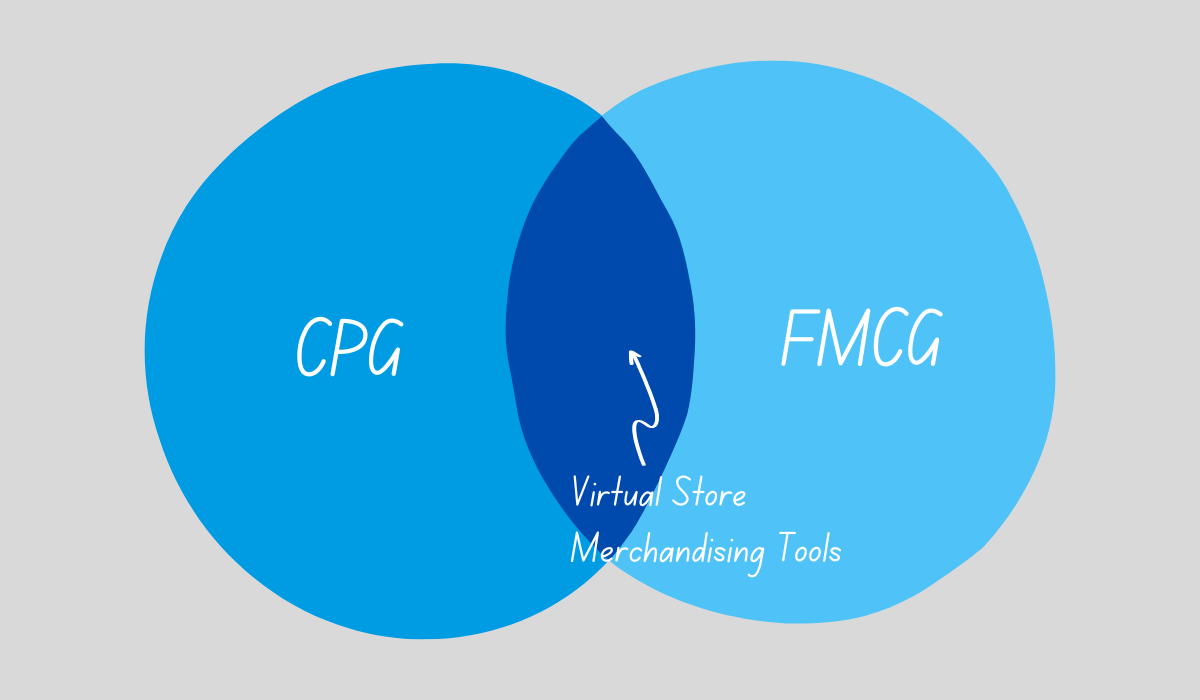In a (very long and very interesting) post from Wait But Why writer Tim Urban, he talks about how quickly technology is changing, saying “The amount that changed between 1750 and 2017 might happen again between now and another time when you’re still alive. This is a ridiculous time to be alive—it’s just hard for us to notice because we live life so zoomed in.”
Many retailers and manufactures have been doing this same things the same way for years, living life “zoomed in” and not seeing the big picture. Change involves risk—and risk can often be scary. The good news is, more companies are starting to steps to embrace the digital disruption. While only 44% said of managers and executives said their organizations were adequately preparing for digital disruptions in a 2016, the same study in 2018 reported an upswing, with many established companies “beginning to take digital disruption more seriously and respond.”
Those who are willing to look at innovation as a positive driver of business are seeing increased efficiency and ROI. Virtual solutions for retail are helping drive transformational change within the industry, but it’s important to address some of the common concerns businesses have for making the switch to these innovative methods.
“Those who are willing to look at innovation as a positive driver of business are seeing increased efficiency and ROI.”
Learning and implementing something new takes time and resources
Yes, there is always a learning curve involved with taking on new technology. But, with the right onboarding and support system in place, the transition can be smooth and painless. VR is no exception. It doesn’t take long for our customers to understand how to use the virtual tools, and once they do it opens up a new world of in-store concept planning and implementation.
It can be difficult to measure the ROI
If it ain’t broke, don’t fix it…right? Not necessarily. The so-called “tried-and-true method” to measuring ROI might not be telling the whole picture, or isn’t measuring the right data to begin with. Figuring out the ROI of VR is simple, quick, and more impactful than traditional methods.
There are pessimistic attitudes toward the fate of brick and mortar
We’ve said it before, but it’s worth repeating: brick and mortar stores are not going anywhere. But they are changing. Shopper behaviors and an increasingly competitive landscape make it more important than ever to adopt innovative solutions that will increase efficiency encourage consumer engagement.
Technology is improving upon itself exponentially, and virtual is just one aspect of the advancements coming to business landscape. Instead of fearing change, know that innovation is going to be the key to unlocking better insights, creating more efficient business practices, and ultimately leading to happier customers.
To learn more about how virtual is challenging the retail status quo and proving return on investment, read our white paper, The Retail Innovation Challenge: Change Agents and Virtual Reality’s Retail ROI.




